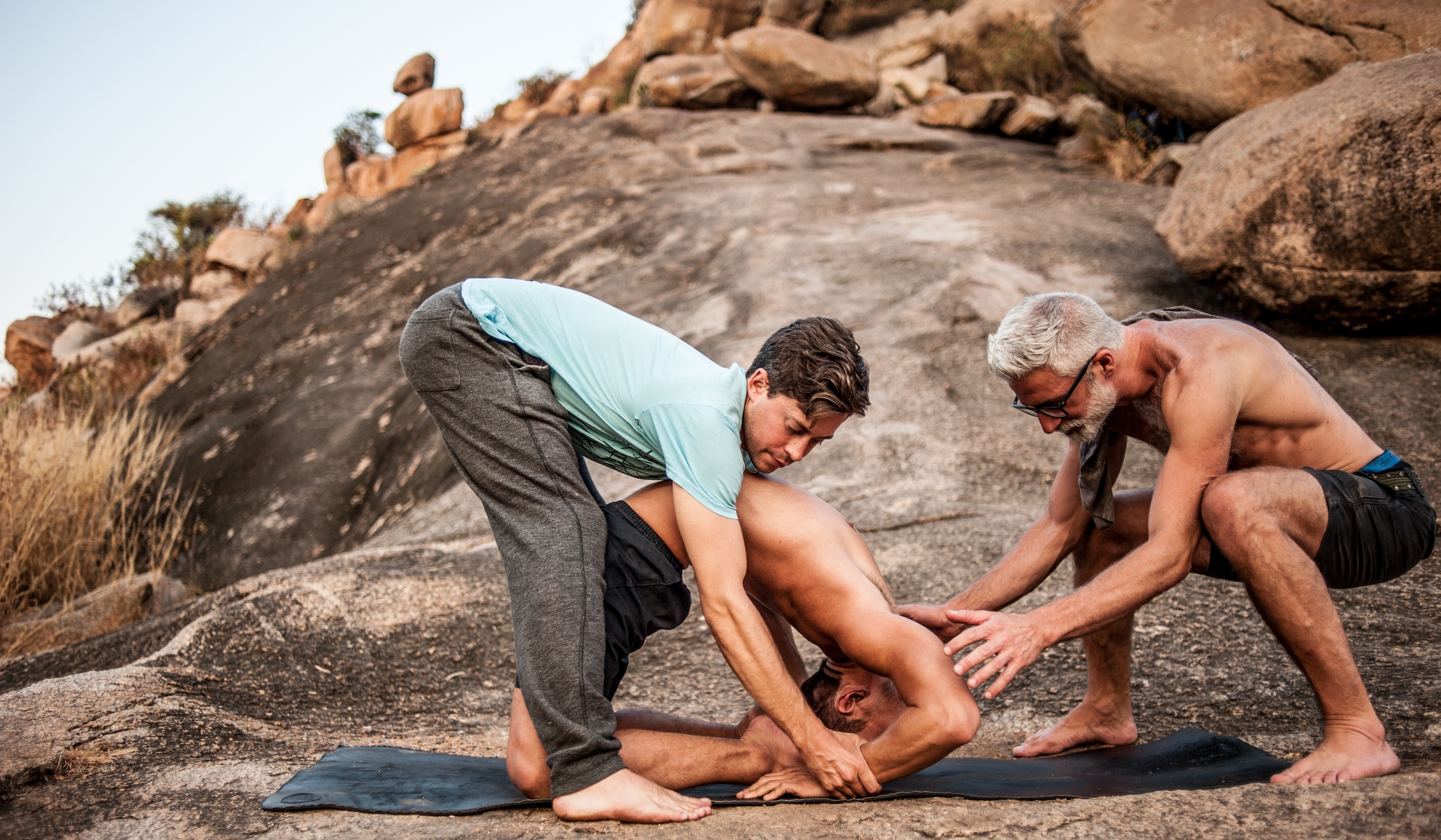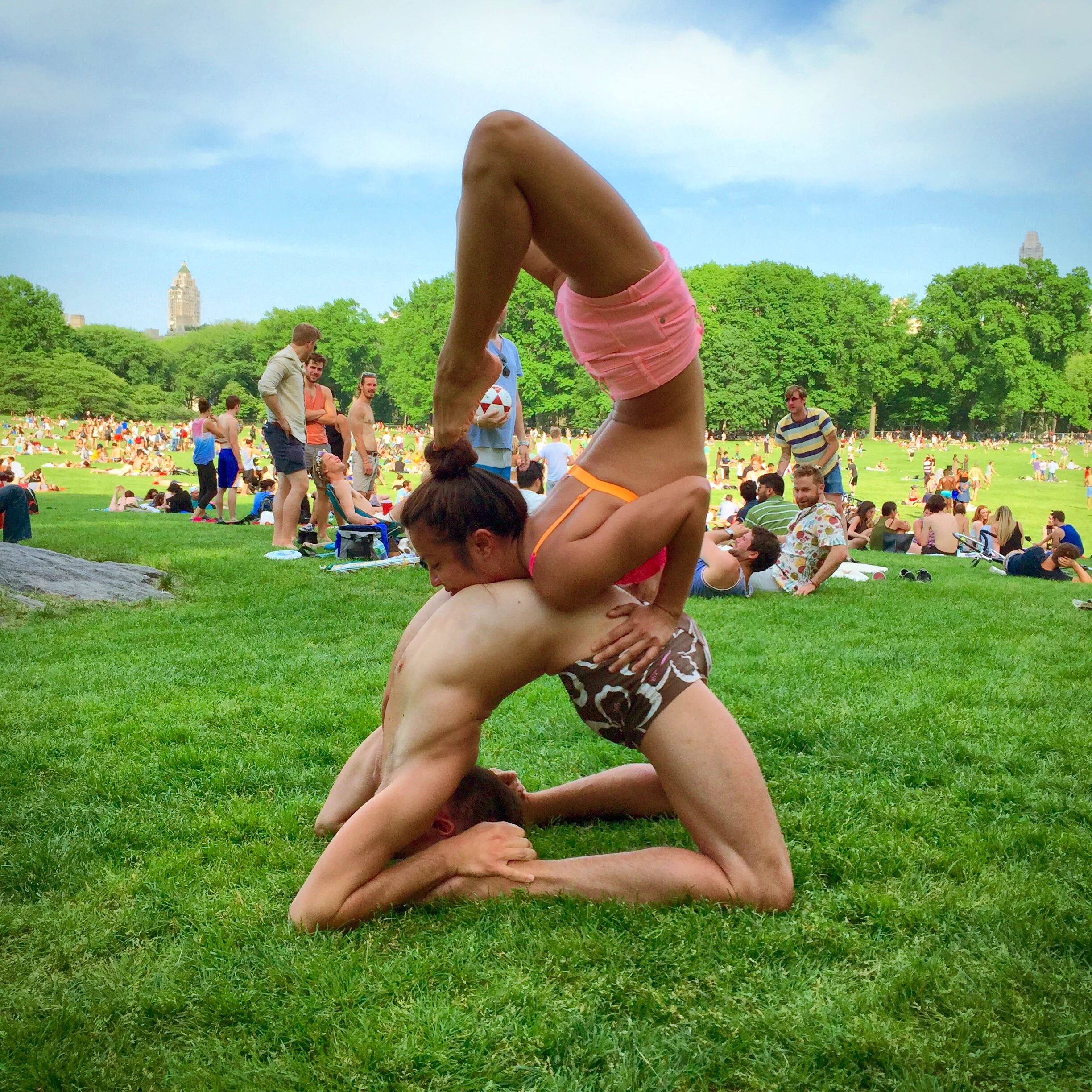My teacher says that yoga practice is radical. And so it is.
I did a quick Google search: radical (the adjective) relates to or affects the fundamental nature of something; far-reaching and thorough. Some of its synonyms are: complete, exhaustive, extensive, profound, and rigorous
Yes, yoga is radical. Yoga requires the rigorous study of your own mind – the thoughts, emotions, personality, sense of individuality, and conscience. Through its various techniques it aims to clarify the mental field so that one can look at the world objectively rather than subjectively. By seeing clearly compassion wins out over anger, hate, and indifference.
Compassion: a feeling of sympathy coupled with a desire to alleviate suffering.
We all suffer, every single last one of us. In fact, we all make the choice to suffer. We could all make the choice not to suffer. It is such an easy thing to say, and such a difficult thing to do.
Why?
Fear.
Fear is a basic building block of the human experience. It comes in so many forms and intensities. All fear boils down to a loss of individuation; a loss of what is mine verses what belongs to another. Fear is the threat of loss; whether it be my corporeal body, my free will, my possessions, my personality, my way of life, or anything that I have decided is mine (including the I in mine). Yoga asks us to go beyond fear, in essence to become super-human.
My happiness is my responsibility.
No one except me can make me happy. The shining jewel of bliss lies within, but it is covered with dirt. While I’ve done some cleaning in my time here as Michael, The Human, I’ve also added some dirt. My radical goal, the goal of my yoga practice, is to remove more dirt than I add to allow the light of bliss to shine through just a bit more. No one can do this cleaning for me, with the possible exception of God, and in the case of God I would need to politely request it and then (more difficult) acquiesce to the process (not likely given my fear of losing my free will and way of life). So I must engage in the radical practice of yoga, the thoroughly extreme practice of going back to the fundamental root of being.
Working with what I’ve got.
I have a body, which houses my mind. The best chance for my mind to become clear, insightful, and content is with a healthy body. I live in a society, which influences my mind. The best chance for my mind to remain calm, collected, and free of pain is to help others in society better themselves, thereby uplifting society in general. I make choices constantly and those choices affect me, all of me. I will study my choices and listen to the advice of those that I trust and those with more experience than me, with the aim of always improving my own condition. I will be patient and compassionate with myself.
What is the next step on this radical journey?
Every journey is made up of a multitude of tiny steps. Each step counts, whether it be forward, backward, or sideways. We can choose to move quickly or slowly, or some combination of the two. I’m about to go cook for myself with ingredients that are wholesome and sourced to my satisfaction. What step are you taking?









